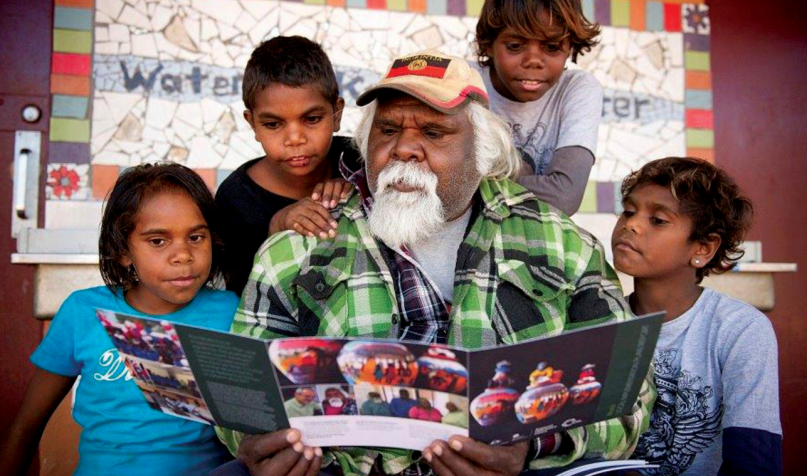Publications
Displaying 1 - 10 of 26
Policy Briefs |
PDF document available at: https://www.un.org/development/desa/dpad/wp-content/uploads/sites/45/publication/PB150.pdf
Worldwide, populations are ageing rapidly due to gains in life expectancy and declines in fertility. The trend towards a growing number and share of older persons is projected to continue in the foreseeable future. As the number of older persons grows, their socioeconomic and demographic characteristics will evolve as well, with implications for economies, societies and public budgets.
While long-term trends are hard to predict, assessing the characteristics of current and future cohorts of older persons provides important insights into the future of our ageing world. On…
Policy Briefs |
PDF document available at: https://www.un.org/development/desa/dpad/wp-content/uploads/sites/45/publication/PB149.pdf
Introduction
Public institutions are confronted with far-reaching and complex challenges in building an inclusive and resilient post-COVID-19 society, ranging from public health and employment to education and social protection. These are coupled with other pressing challenges toward achieving the 2030 Agenda for Sustainable Development, including poverty eradication, climate change as well as energy and food crises. As governments alone cannot effectively respond to these multi-faceted challenges and “participation is a key dimension of governance and one of the pillars…
Policy Briefs |
PDF document available at: https://www.un.org/development/desa/dpad/wp-content/uploads/sites/45/publication/PB151.pdf
Languages are one of the most significant emblems of human diversity, revealing how we can perceive, relate to, and understand the world differently. Languages are vehicles of our cultures, collective memory and values. They are an essential component of our identities.
Out of the 6,700 languages spoken worldwide, forty percent are in danger of disappearing. Indigenous Peoples make up less than 6 percent of the global population, yet they speak more than 4,000 of the world’s languages. Most of the languages that are under threat are Indigenous languages.
This dilemma is…
Policy Briefs |
PDF document available at: https://www.un.org/development/desa/dpad/wp-content/uploads/sites/45/publication/PB147.pdf
Old age disadvantage begins at birth
Much of the inequality between older persons has its roots in early life conditions. Without policies to prevent it, disadvantages reinforce one another through peoples’ lives, leading to large disparities among older adults. A life course perspective on ageing is critical to improving people’s health and well-being throughout the life course into old age.
Disability as a marker of inequality at older ages
The onset and severity of disability – affecting either physical or mental health – profoundly impacts the lives of people and…
Policy Briefs |
PDF document available at: https://www.un.org/development/desa/dpad/wp-content/uploads/sites/45/publication/PB_145.pdf
In recent decades, all regions of the world have seen substantial progress in life expectancy at birth, which was estimated to be at 72.8 years in 2019 compared with 64.2 years three decades ago. As importantly, life expectancy has increased at all ages such that a person at age 65 in 2019 was likely to live 6.2 years longer than in the early 1950s (United Nations, 2022). But life expectancy differs significantly across countries and within them. Inequalities in health and in life expectancy across countries have received attention from the international community, which…
Policy Briefs |
Emergence of new forms of work
‘Standard employment’—understood as regular, full-time, and subject to labour law—remains the prevailing form of employment in high-income countries, however, new forms of employment have been rapidly gaining ground since the early 2000s. While new forms of work enabled by digital technologies have rapidly been expanding in more advanced economies, they are also spreading to emerging economies, where the effects on the labour markets are likely to be different. For instance, studies show that platform work, one of the new forms of work, has the potential to increase employment opportunities, promote formalization, and reduce gender gaps in emerging economies.…
Policy Briefs |
Ongoing and emerging global trends, such as globalization, new technologies, the rise in global inequality, demographic shifts, climate change and threats generated by the ongoing COVID-19 pandemic, will dramatically impact societies and individuals of all ages, and will determine the nature and future of work.
At a time of persistent inequalities, an inclusive future of work is fundamental for sustainable development, ending poverty and leaving no one behind. Population ageing influences economic growth and labour force participation, and the share of persons aged 65 years and over in the labour force at the global level is estimated to continue the current upward trend in the coming…
Policy Briefs |
Introduction
In his report to the 59th Commission for Social Development on the priority theme of socially just transition towards sustainable development (E/CN.5/2021/3), the Secretary- General pointed out that “By adopting the 2030 Agenda, world leaders recognized that the current trajectory of economic development has not led to shared prosperity for all, but to high and rising inequalities in many countries, the climate crisis, and unsustainable consumption and production patterns. These consequences have taken a toll on social development and people’s well-being, especially among the most vulnerable.” The Report further analyzed the link between high inequality, consumerism and…
Policy Briefs |
Why should we care about trust?
Trust is integral to the functioning of any society. Trust in each other, in our public institutions and in our leaders are all essential ingredients for social and economic progress, allowing people to cooperate with and express solidarity for one another. It allows public bodies to plan and execute policies and deliver services. Greater public trust has been found to improve compliance in regulations and tax collections, even respect for property rights. It also gives confidence to consumers and investors, crucial to creating jobs and the functioning of economies more broadly. Success in achieving each of the Sustainable Development Goals (SDGs)—from…
Policy Briefs |
Introduction
Extreme poverty is mainly a rural phenomenon. Four of every five people below the $1.90-a-day international income poverty line lived in rural areas in 2013 (Castañeda and others, 2018). Over the last decades, however, there has been tremendous progress in reducing rural poverty, partly as a result of successful policies promoting economic opportunities for the rural poor and expanding social protection in rural areas.
This progress has not been equitable across the board. The same economic forces that reduce poverty, including rural development and urbanization, can increase inequalities. Moreover, poverty is now rising due to the COVID-19 crisis. All evidence points to…
 Welcome to the United Nations
Welcome to the United Nations









